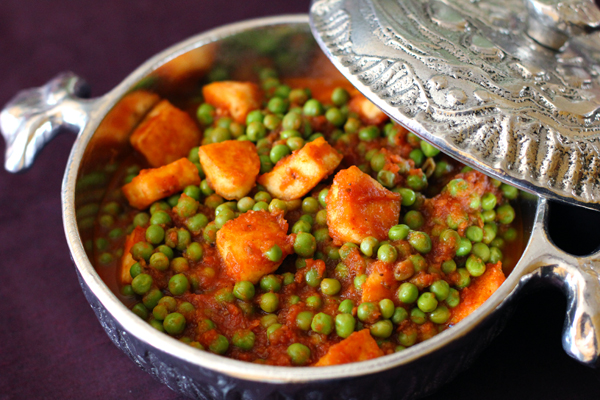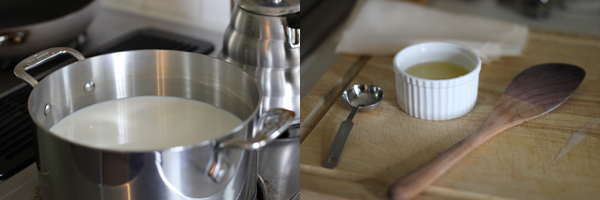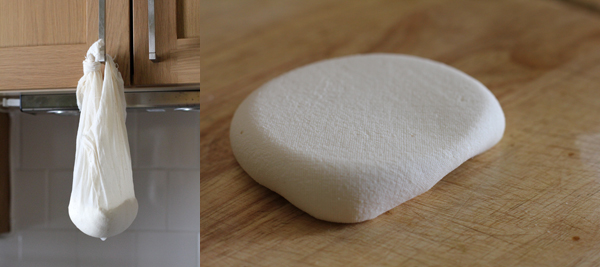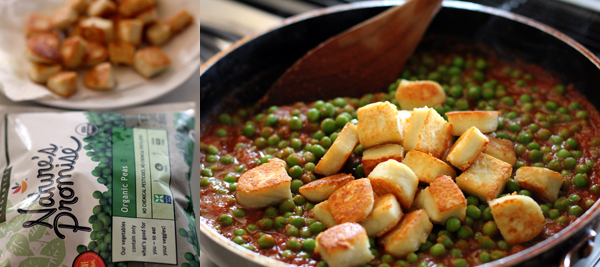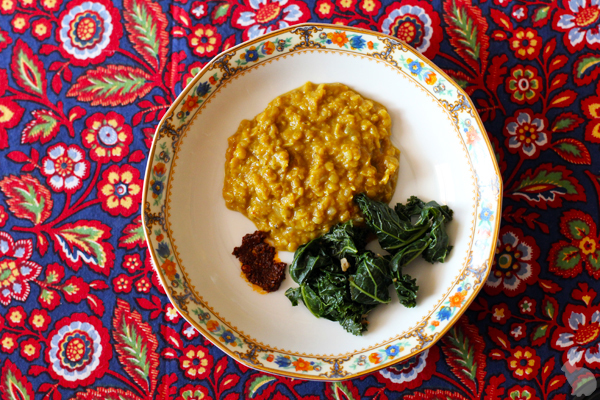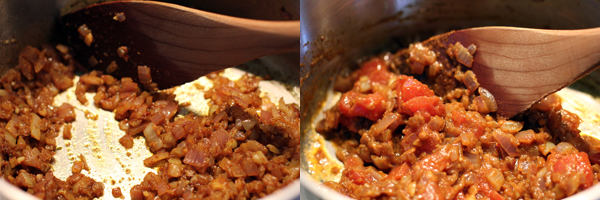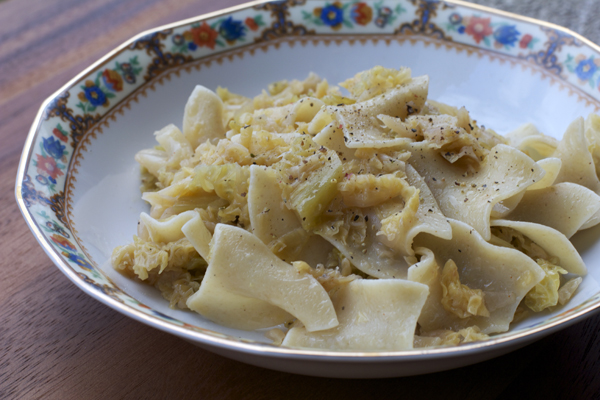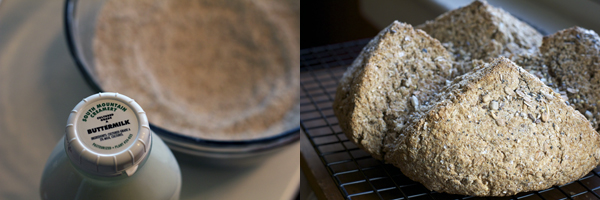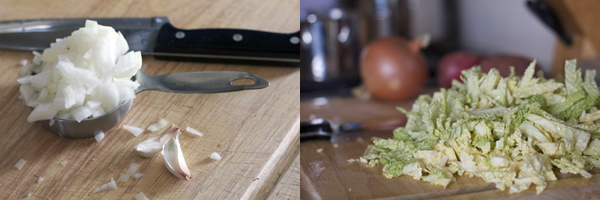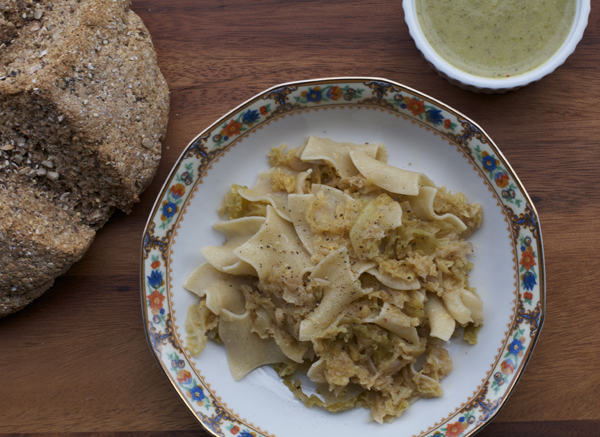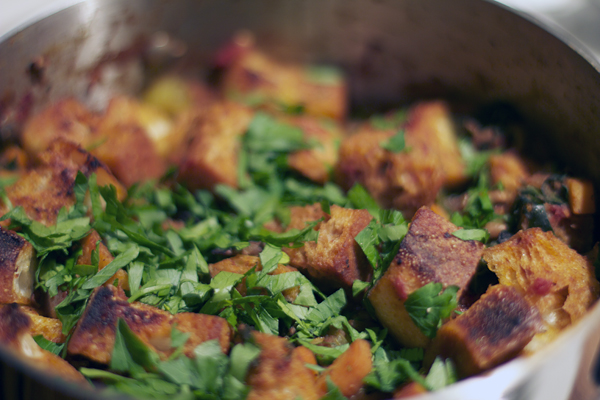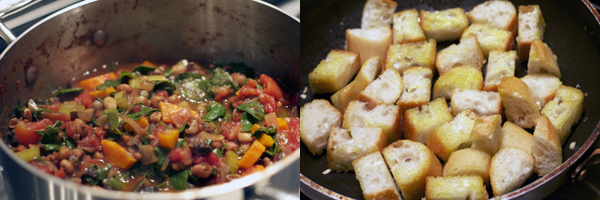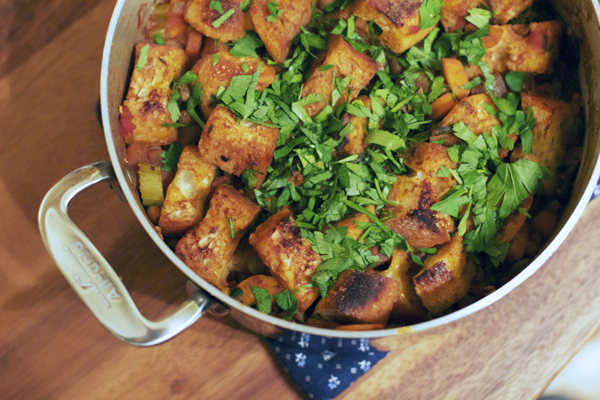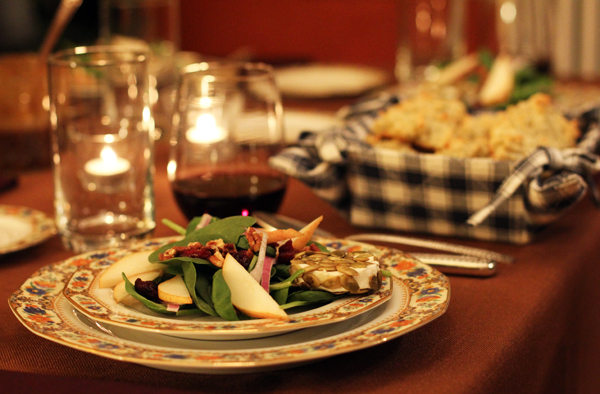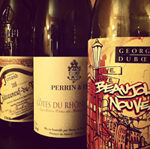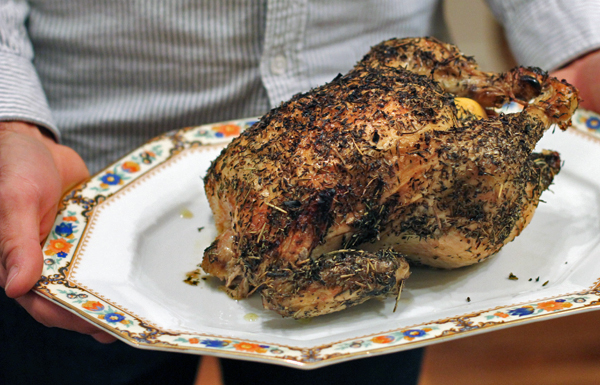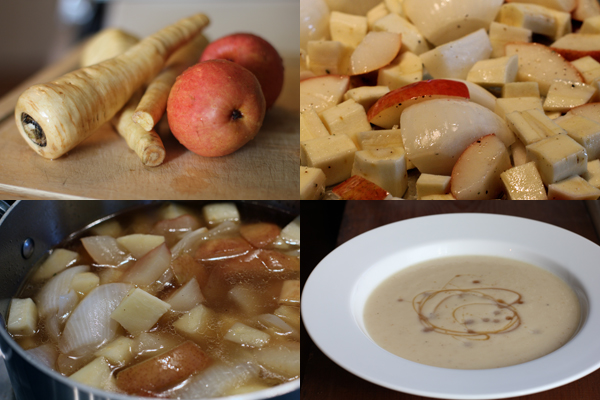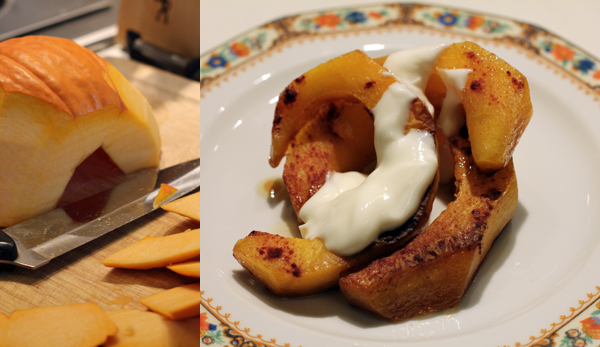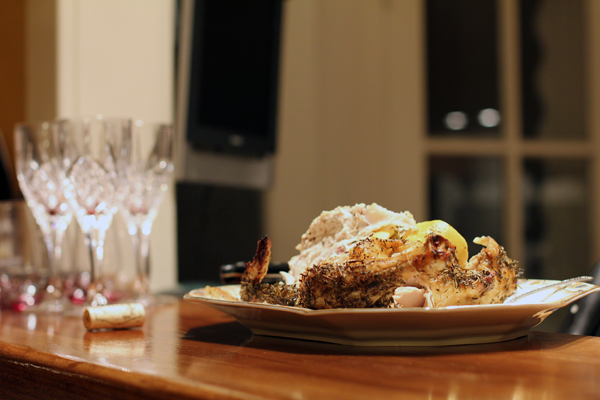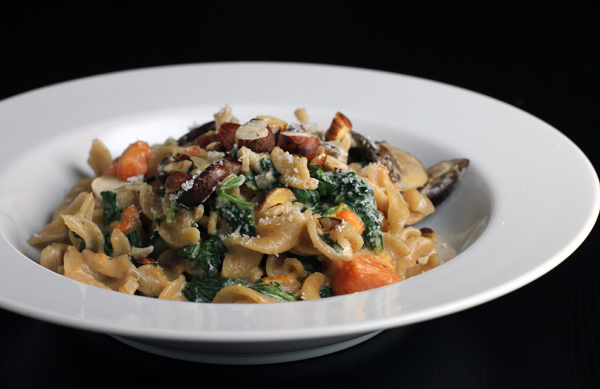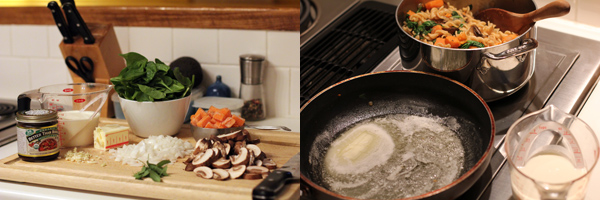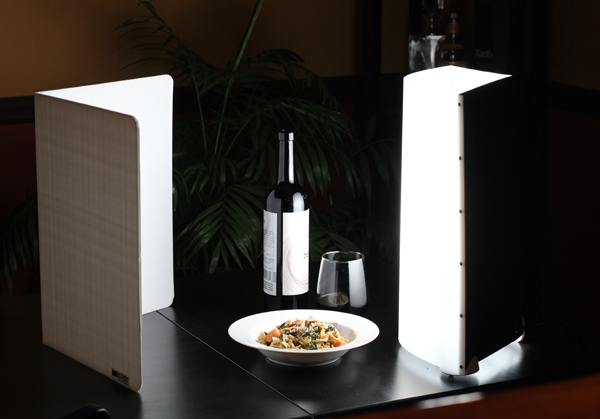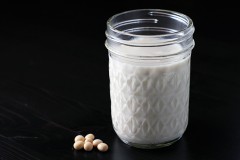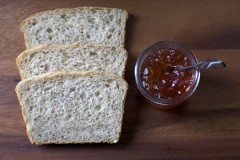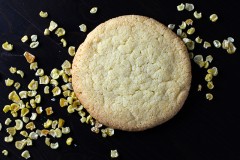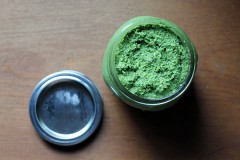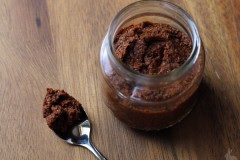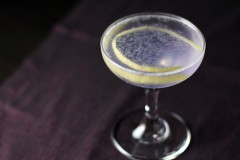Making paneer reminds me of the brief time I spent in Nepal. Not of the streets I walked and the music I was there to study, but the many quiet hours I spent in the kitchen with the family who had taken me in, cooking alongside the “sister” who had adopted me into her household, welcoming me with an infectious smile and a cup of tea. I miss watching Hindi soap operas with her to this day, and I didn’t understand of word of them (so that’s saying something).
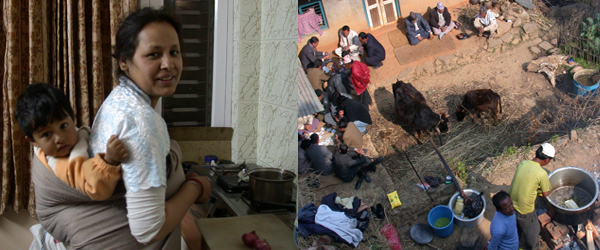
Our kitchen corner (left) and a view down onto wedding feast preparations (right). When cooking for 50, I guess it's easier to work outside.
Aside from your basic college survival budget cooking (lots of rice and beans and steamed carrots, in my case) I was not all that sophisticated when it came to food prep at that point in my life, and it showed painfully in this sparely equipped, two-burner kitchen. By the time I left a few months later, however, I could make curries and dals and chaats and momos…well, if not like a pro, then at least like an over-enthused novice. Paneer was another of these new delicacies, the construction of which was introduced to me in Kathmandu, though I’ve only made it a few times more in the ensuing decade.
On my last trip to NYC, however, I grabbed a bite at a little Indian lunch counter where the food was as divine as the shop was covert. The mutter paneer spoke to me through the glass. It was so tasty that once I got home I found myself fixated on the taste of it and the desire to revisit that simple cheese making process. It got me a little homesick for life on the road (if that’s possible), but the resulting dish itself was so tasty I consoled myself with quite a few spoonfuls before the paratha was even off the griddle (no recipe for those here, because I cheat and buy frozen).
*The lovely aluminum serving dish pictured above is from Don Drumm’s studio.
For the paneer
1/2 gallon whole milk
3-5 T lemon juice (best to have more than enough squeezed and ready before you start)
1 piece fine cheesecloth
In a heavy-bottomed pot, bring the milk up to a gentle boil. Add lemon juice, a tablespoon at a time, stirring after each addition, until milk separates. Remove from heat.
Line a sieve with the cheesecloth and pour the curds and whey through to separate them. Rise the curds under cold water then drain well, gathering the curds together into a ball. Twist the cheesecloth together and gently squeeze to remove some of the excess water, then leave to hang for 30 minutes. To further press the curds into a more solid cheese that can be cubed and fried for dishes such as the one below, twist the cheesecloth closed gently but securely and place on a counter or cutting board with a weight on top to further press out liquid (I use my marble cheese board). Check the cheese after an hour and continue pressing until it has reached the desired texture (if it becomes too dry it will crumble, so take care). Use right away or wrap well and refrigerate.
For more beautiful instructions than mine, see this tutorial.
For the mutter paneer
Adapted from Manjula’s Kitchen
3 T olive oil, plus more as needed
paneer (see recipe above), cubed
1 T ginger, chopped
2 cups canned tomatoes
1 tsp. cumin seeds
2 bay leaves
1/2 inch of cinnamon stick
Pinch of asafetida
Here I must admit that I went a little cross-culture crazy and omitted the remaining spices, instead using a few spoonfuls of that amazingly delicious berbere paste I made a little while ago. However, recognizing that you probably won’t have that on hand, the original recipe indicates:
1 T coriander powder
1/2 tsp. turmeric
1/2 tsp. chili powder
1/2 tsp. paprika
1 tsp. salt or to taste
16 oz. frozen peas
Heat enough of the olive oil to thickly coat the bottom of your skillet and fry the paneer cubes. When they are golden brown, spoon them out onto a plate lined with paper towels to soak up excess oil and set aside.
Puree the tomatoes and ginger together.
Add a little more oil to your skillet if needed and, when hot once again, add the cumin seeds, bay leaves, cinnamon stick, and asafetida. Stir and fry for a few seconds, then pour in the tomato and ginger mixture, plus remaining spices. Once the sauce begins to sputter, reduce the heat and allow to reduce a bit.
Add peas, stirring to combine. Cover and continue cooking until peas are tender. Toss in the paneer and heat the dish through, adding salt as needed.
Serve with flatbread or over rice.

